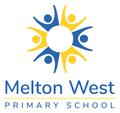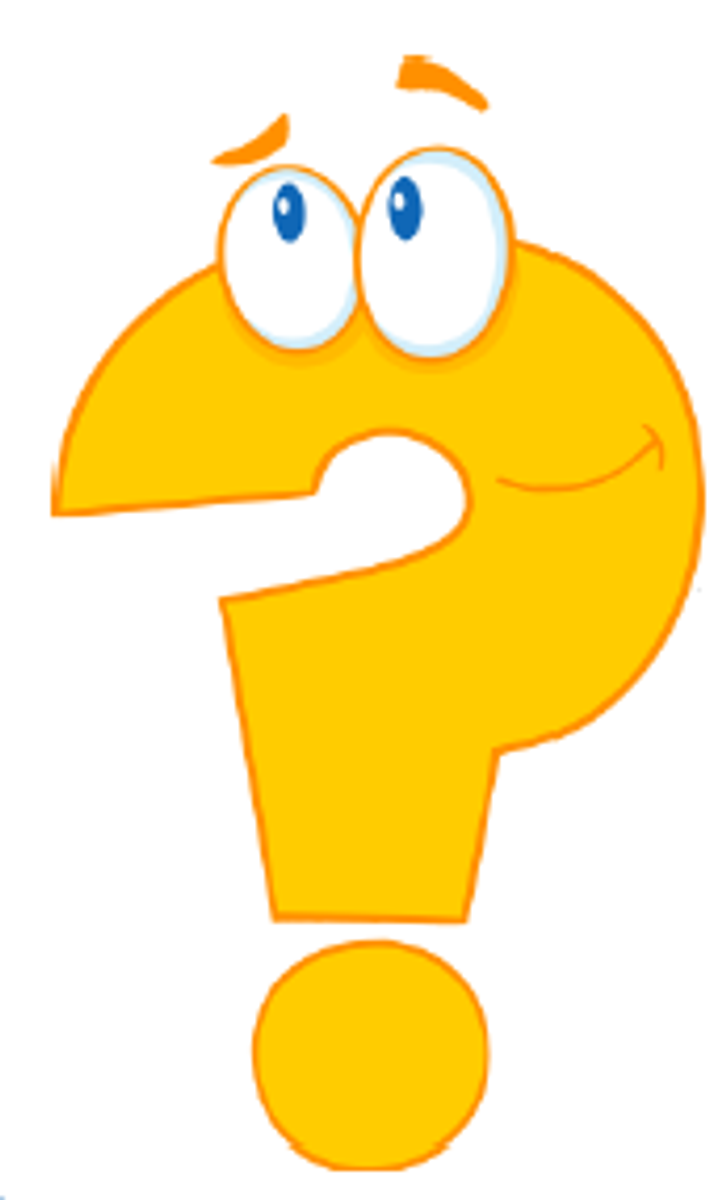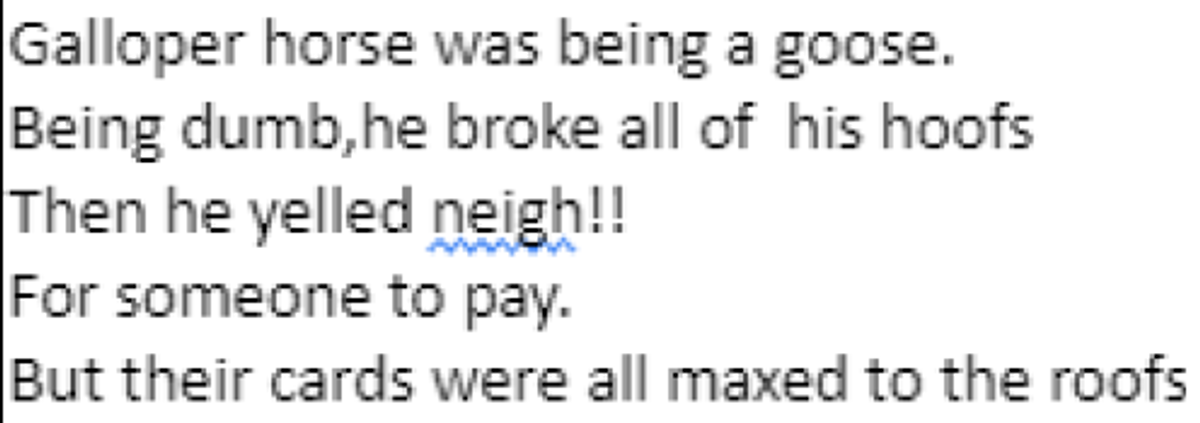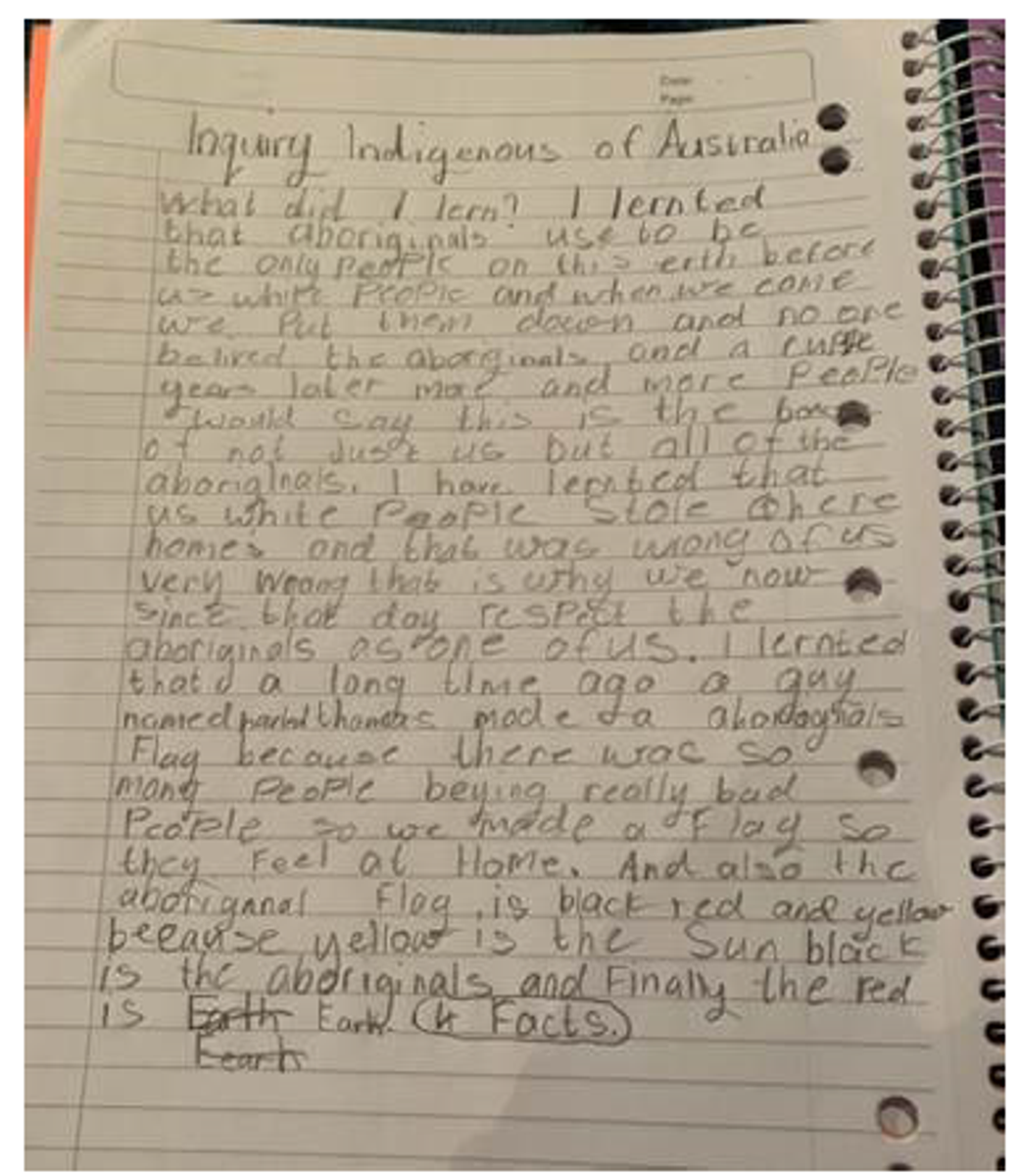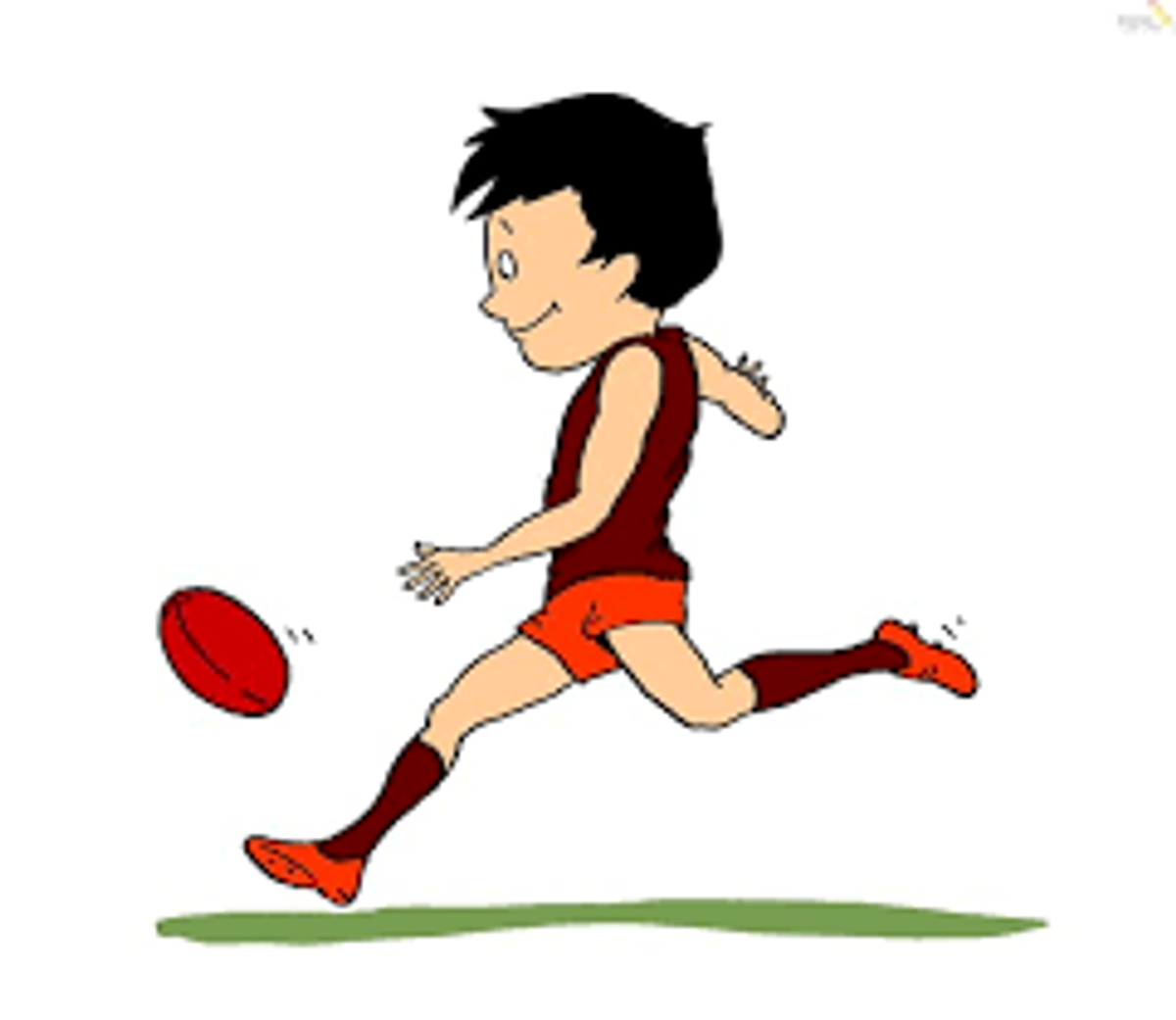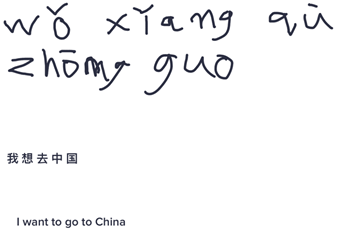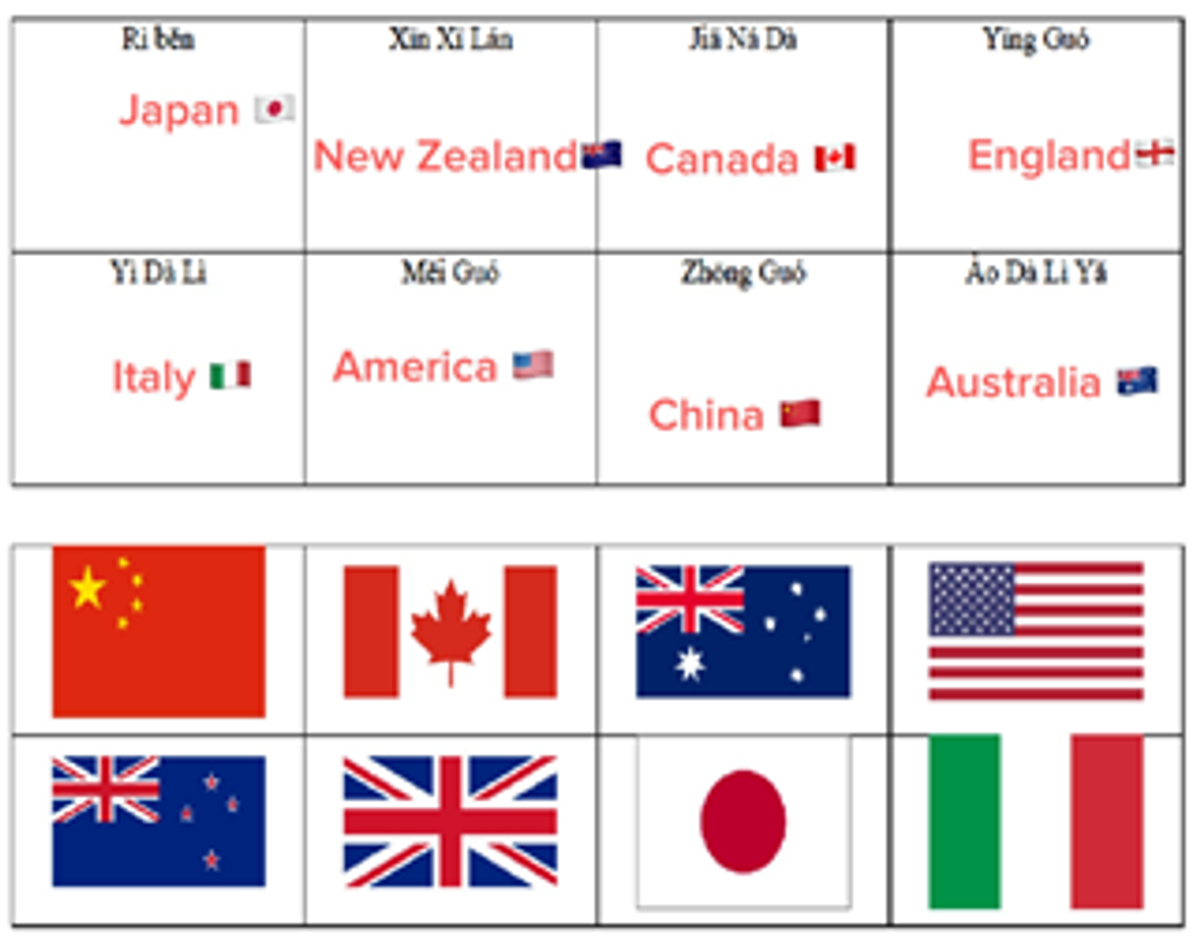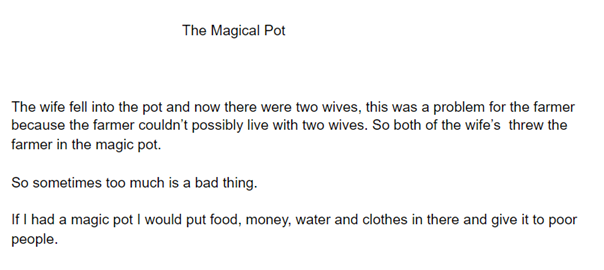Year 4
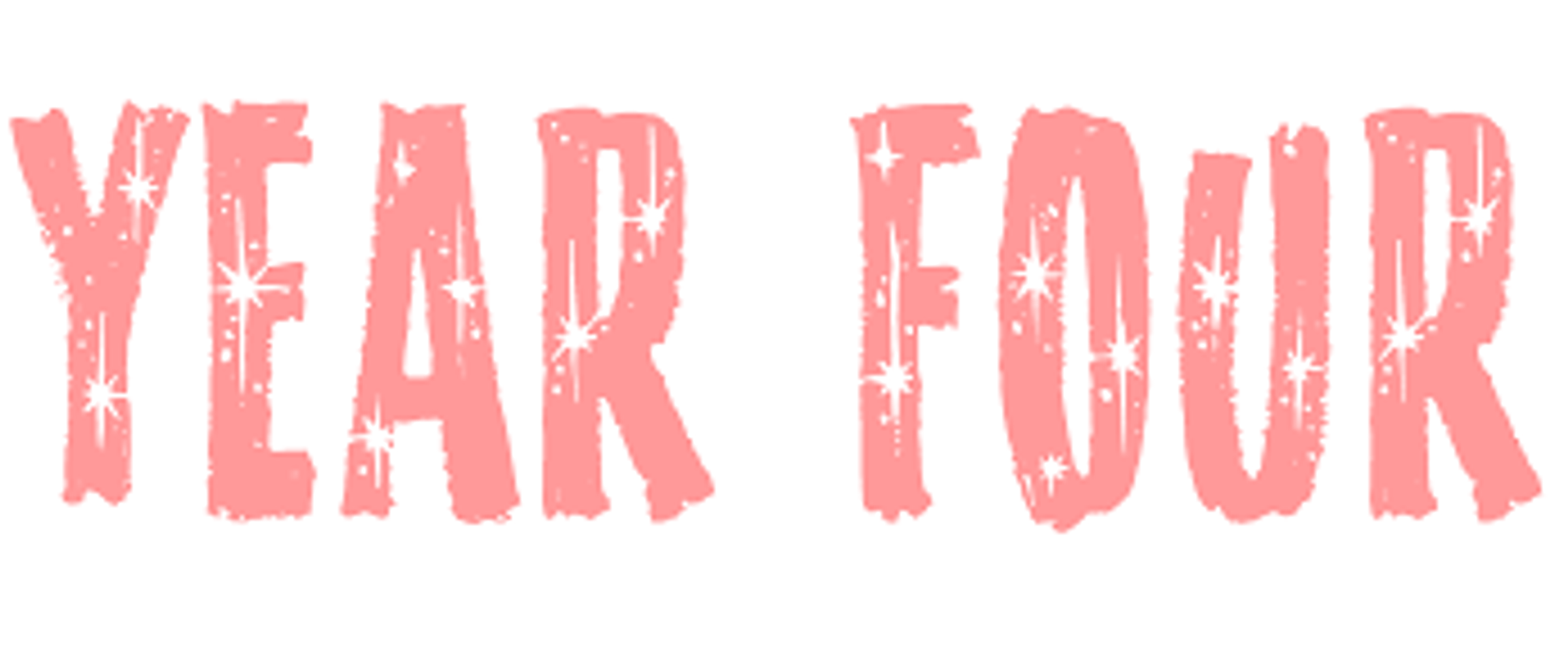
Reading
- In term 3 students focused on questioning to help us understand and engage in our text. Throughout the term students learnt how to ask thick questions to clarify, predict, infer, gain information or extend their thinking before, during and after reading. Once students asked their questions they were able to determine and explain if and how they were able to answer their questions. This required the students to infer the answer, find the answer in the text, use prior knowledge or an outside source (other book, film etc.). After identifying a question that requires an outside source to answer students were able to research using sources such as non-fiction texts and the internet.
Writing
In writing, the students began the term focusing on Poetry. We started with free verse poems, that have no structure but include a range of poetic devices such as similies, onomatopoeia, personification and metaphors throughout. We moved onto Haiku poems and Limericks, analysing the structure and creating our own. The remainder of the term we focused on Biographies. During this unit we focused on the purpose of a biography and it’s structure. The students were able to demonstrate their learning and understanding by researching and creating a biography of an Indigenous Australian of their choice.
Mathematics
In term 3, we begun the term by revising time. We identified any knowledge gaps and focused on these areas to strengthen our ability to read, tell and convert time.
We then moved onto a data and probability unit. This started by developing an understanding of the vocabulary used and applying this throughout our learning. We then started looking at the likelihood of things occurring.
After data and probability we started a multiplication and division unit. In this unit students will use their knowledge of place value to help solve problems. We had a strong focus on multiplication facts and continued to develop this skill throughout the unit. Students solved multiplication problems using arrays and the split strategy.
To finish the term students focused on location and symmetry. Students used scales and legends on maps to find locations, used directions to find features on a map and created symmetrical shapes and patterns.
Inquiry
This term, the Grade 4 students have been exploring Australia’s history, with a focus on the great explorations, European settlement and contact between the Indigenous Australians and the European settlers. The students examined resources, including historic paintings, videos and websites to find out more about Australia’s history. They have organised that information by taking notes. Students learned about the perspectives of different people groups. They identified reasons for the great explorations, such as the desire for wealth and glory. The students also empathised with the Indigenous people, questioning and considering how the arrival of the Europeans affected them and thinking about how the Indigenous Australians lived before settlement. Well done on a great term of Inquiry, Grade 4.
ART
At the beginning of this term, grade 4 students were onsite and had the opportunity to make full use of the art room during those early weeks. They finished off their beautiful, “Sunset over water” reflection pieces, which demonstrated the warm and cool colour palette, Keith Haring Subway Art, and POP Art, (See below wall images).
Once we returned to online learning, students have had the opportunity to carry out their Art tasks on ‘Google classroom’. The focus of online learning for art has been about designing with lines. Lines can be used to separate, organize, emphasize, or provide a framework for the page’. Alone or as part of another graphic element, lines create patterns, set a mood, provide visual texture, create movement, and define shapes.
The walls have been draped with stunning artwork from the end of Term 2 and early Term 3:
The Grade 4 students have also been exploring and using the following line drawing techniques, during their online learning:
Anime Art: The anime art form, having originated in Japan in the early 1900s, is a uniquely stylized form of two-and three-dimensional illustration using lines and animation.
Zentangle Art: Zentangle is an American method for drawing, which not only promotes concentration and creativity but at the same time increases personal well-being.
Mandala Art: Mandala was first produced in India during the first century B.C. The mandala is a diagram, chart or geometric pattern that also promotes repetition, calm and mindfulness.
Anime, Zentangle and Quirky Art examples:
PE
Grade 4 have done an exceptional job this term during PE. Although we had some obstacles, we were all able to get through the majority of our Australian Rules Football unit where we were able to gather a deeper understanding on AFL as a game, the rules and associated skills such as kicking, handballing and marking. Term 3 had us learning a lot online where students were given the opportunity to participate in numerous at home activities such as mini workouts, skill related activities and just getting outside to get moving! I am looking forward to seeing you all again very soon for our final term of PE for 2021!
LOTE- Chinese
In term 3, whilst onsite, students in years three and four learnt to use simple Chinese sentence structures to describe the weather and express which country they’d like to go to. They learnt to identify the Chinese names for countries and different types of weather. During remote learning, the students had the opportunity to engage in stories about The Moon Festival, The Magic Pot and the Zodiac Animal Race. They also practiced some Chinese character writing. Well done everyone for showing such resilience and perseverance for term 3!
STEM
A big high five for a tremendous effort from the grade 4’s during this remote learning period. They have been discovering new facts related to the planets in our solar system and started creating a “cardboard arcade-based game” using the design process. They have utilised the five design phases (problem, brainstorming, plan, create, redesign/improve) to assist in completing their arcade games, which have turned out fantastic. Hopefully, the students will all take a well-earned rest for this September holidays, you’ve all earned it.
| (Looking at the Planets in our Solar system - Venus) |
The Grade 4 teachers appreciate all of the support throughout the lockdowns for all parents and guardians. We are so grateful that we were able to attend camp in between lockdowns.
